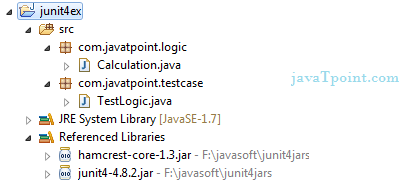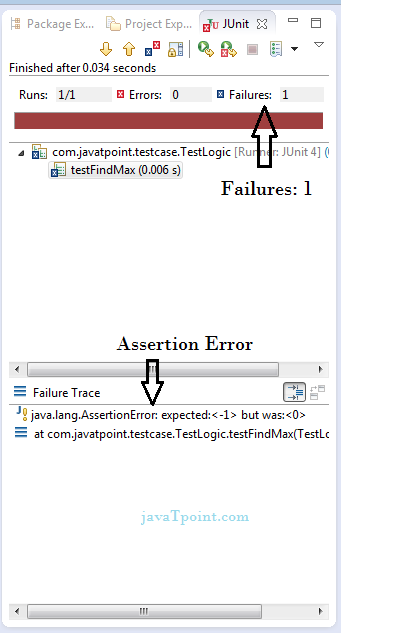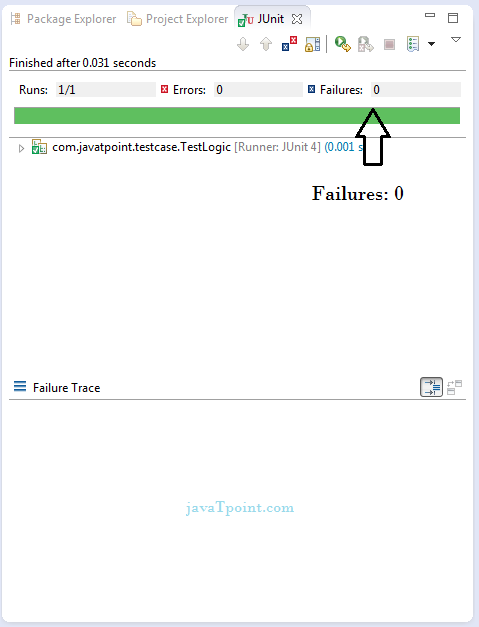|
91-9990449935 0120-4256464 |
JUnit Tutorial | Testing Framework for JavaJUnit tutorial provides basic and advanced concepts of unit testing in java with examples. Our junit tutorial is designed for beginners and professionals. It is an open-source testing framework for java programmers. The java programmer can create test cases and test his/her own code. It is one of the unit testing framework. Current version is junit 4. To perform unit testing, we need to create test cases. The unit test case is a code which ensures that the program logic works as expected. The org.junit package contains many interfaces and classes for junit testing such as Assert, Test, Before, After etc. Types of unit testingThere are two ways to perform unit testing: 1) manual testing 2) automated testing. 1) Manual TestingIf you execute the test cases manually without any tool support, it is known as manual testing. It is time consuming and less reliable. 2) Automated TestingIf you execute the test cases by tool support, it is known as automated testing. It is fast and more reliable. Annotations for Junit testingThe Junit 4.x framework is annotation based, so let's see the annotations that can be used while writing the test cases. @Test annotation specifies that method is the test method. @Test(timeout=1000) annotation specifies that method will be failed if it takes longer than 1000 milliseconds (1 second). @BeforeClass annotation specifies that method will be invoked only once, before starting all the tests. @Before annotation specifies that method will be invoked before each test. @After annotation specifies that method will be invoked after each test. @AfterClass annotation specifies that method will be invoked only once, after finishing all the tests. Assert classThe org.junit.Assert class provides methods to assert the program logic. Methods of Assert classThe common methods of Assert class are as follows:
Required jar filesYou need to load junit4.jar and hamcrest-core.jar files. Simple JUnit example in eclipse IDELet's see the directory structure of this example. 
Write the program logicLet's write the logic to find the maximum number for an array. Write the test caseHere, we are using JUnit 4, so there is no need to inherit TestCase class. The main testing code is written in the testFindMax() method. But we can also perform some task before and after each test, as you can see in the given program. To run this example, right click on TestLogic class -> Run As -> 1Junit Test. Output:Assertion Error Let's see the output displayed in eclipse IDE. 
As you can see, when we pass the negative values, it throws AssertionError because second time findMax() method returns 0 instead of -1. It means our program logic is incorrect. Correct program logicAs you can see, program logic to find the maximum number for the given array is not correct because it doesn't return -1 in case of negative values. The correct program logic is given below: If you run the junit program again, you will see the following output. 
Another example of Junit frameworkWrite the program codeWrite the test case
Output:before class
before
test case find max
after
before
test case cube
after
before
test case reverse word
after
after class
|













